Chasing the Light: The Dramatic Language of Shadow and Form in Black and White
Black and white photography strips away superficial color, revealing the core feeling and form of a subject. Explore the 'Tonal Truth'—how contrast and light force us into deep introspection.
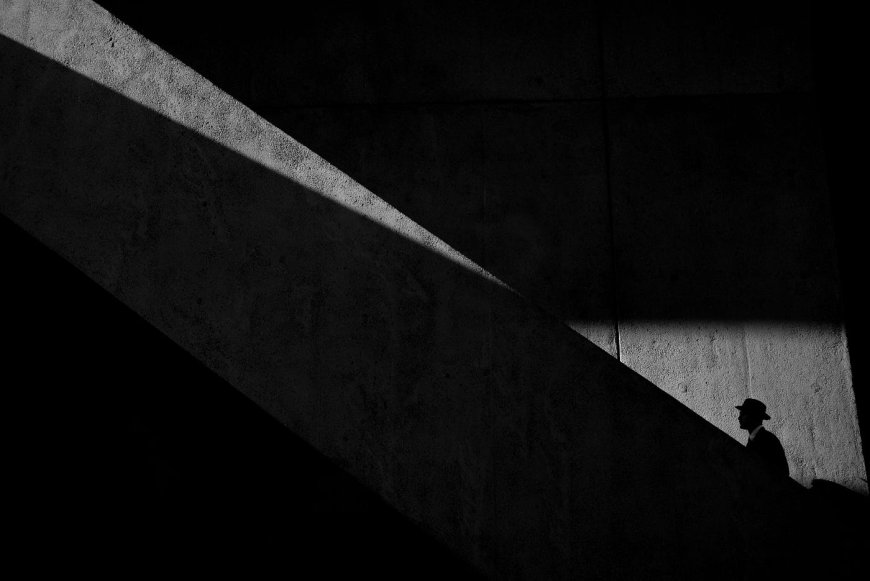
Honestly, why bother with black and white in a world bursting with colour? It’s a fair question. We live in a vibrant, high-definition world, yet we keep coming back to monochrome. The simple answer is this: Sometimes, the colours get in the way. When you take the colour out of a picture, you stop looking at the superficial—the surface details—and you start seeing the core feeling, the underlying essence of a moment. This is the simple, powerful truth of monochrome, and it’s precisely why it’s a perfect tool for getting us to think deeper—to be introspective.
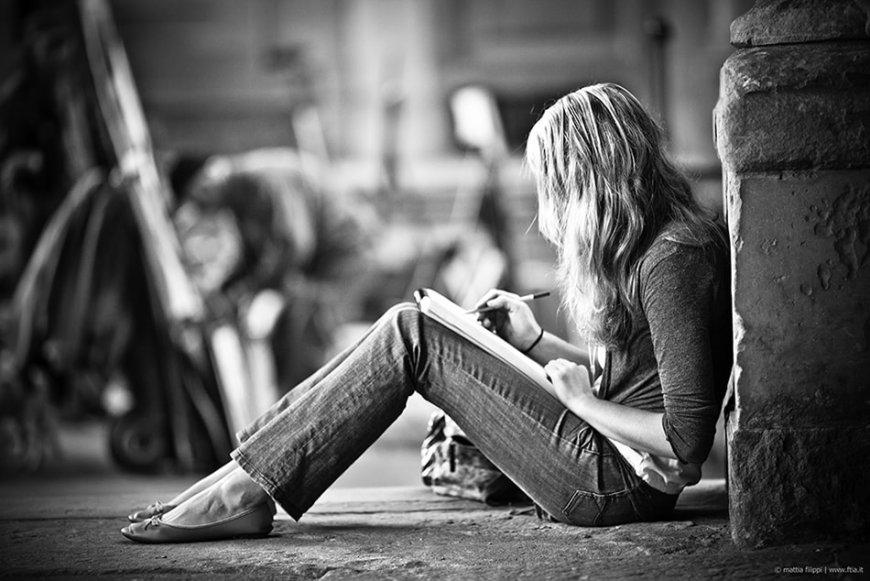
We call this profound aesthetic shift the “Tonal Truth.” It isn't some complex scientific idea; it’s just about how the light and dark play together, and how those shades of gray speak volumes that colour simply can’t.
The Immediate Drama of Contrast
Think about Contrast. When a photo goes black and white, it creates immediate, undeniable drama. It’s a world of extremes: it’s either pure black or pure white, which makes everything feel urgent and focused. This isn't just a filter; it's a statement.
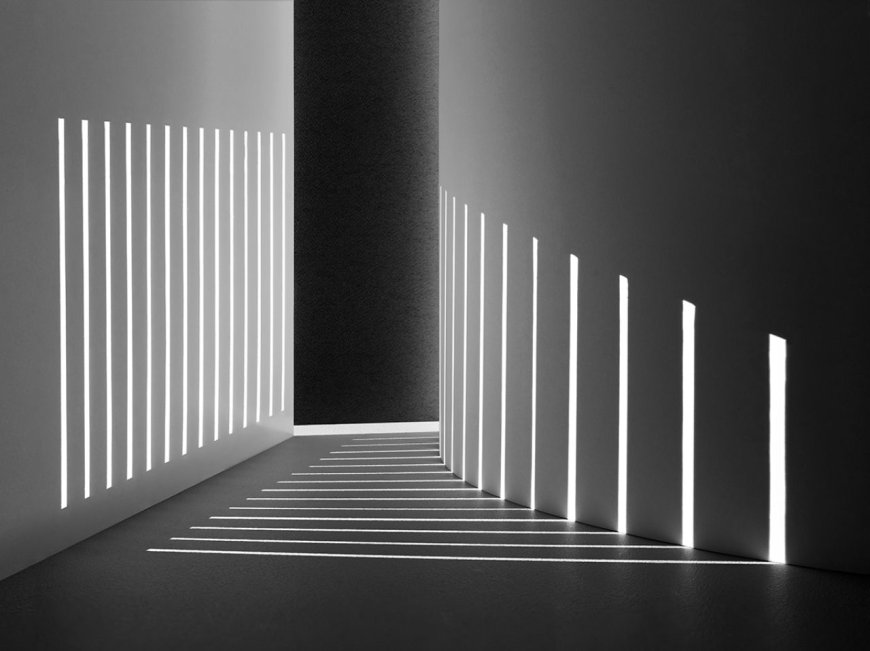
When you see a person standing in a sharp beam of light with deep shadows all around them—a technique known as chiaroscuro—your mind doesn't notice the colour of their shirt or the hue of the sky. It sees how vulnerable they are. In addition to being visually beautiful, the sharp contrast between light and dark also symbolizes the internal conflict, tension, or silent struggle we often go through. While monochrome necessitates confrontation, color provides solace. By eliminating the middle ground, high contrast forces us to face the subject's structure and emotional state head-on.
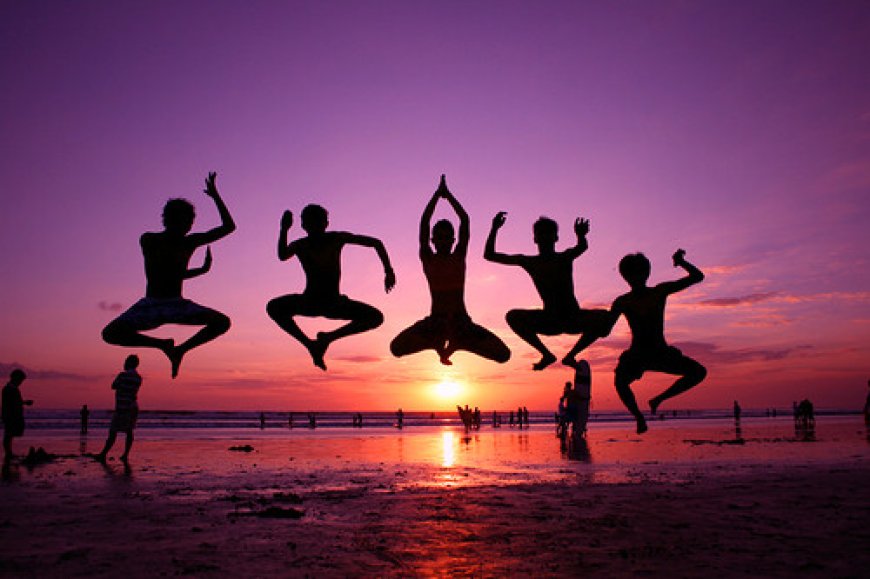
The Honest Language of Form
And without colour, your eye automatically jumps to the Form and Structure—the basic, honest shape of things. The sharp corner of a building or an uninteresting old railing can suddenly appear as a powerful, leading line that purposefully directs your attention. An ordinary street scene is turned into a study of light and geometry.
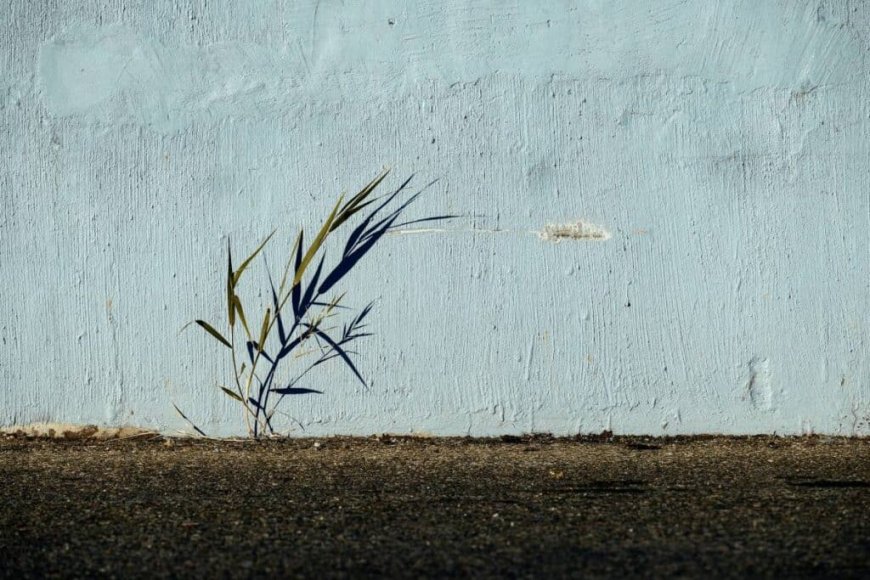
This is where the magic of texture really comes alive. A wrinkled hand doesn't just look old; you see every single line, every crease, every etched valley telling a story that spans decades. The grain of wood, the smoothness of skin, and the roughness of concrete all become remarkably real and nearly touchable. The monochromatic magnification of those textures creates a visceral connection that speaks directly to the gut rather than the brain, making them feel immediate and authentic. The image turns into a window into the world's material reality as well as a scene.
The Area for Silent Introspection
In the end, black and white slows us down. It’s honest and gloriously uncluttered. It forces the viewer to meet the subject halfway, requiring attention and thought to interpret the different shades of gray. Because there are fewer sensory inputs, your mind has fewer distractions, leaving nothing but the light, the shape, and a deep, quiet space for your own introspection.
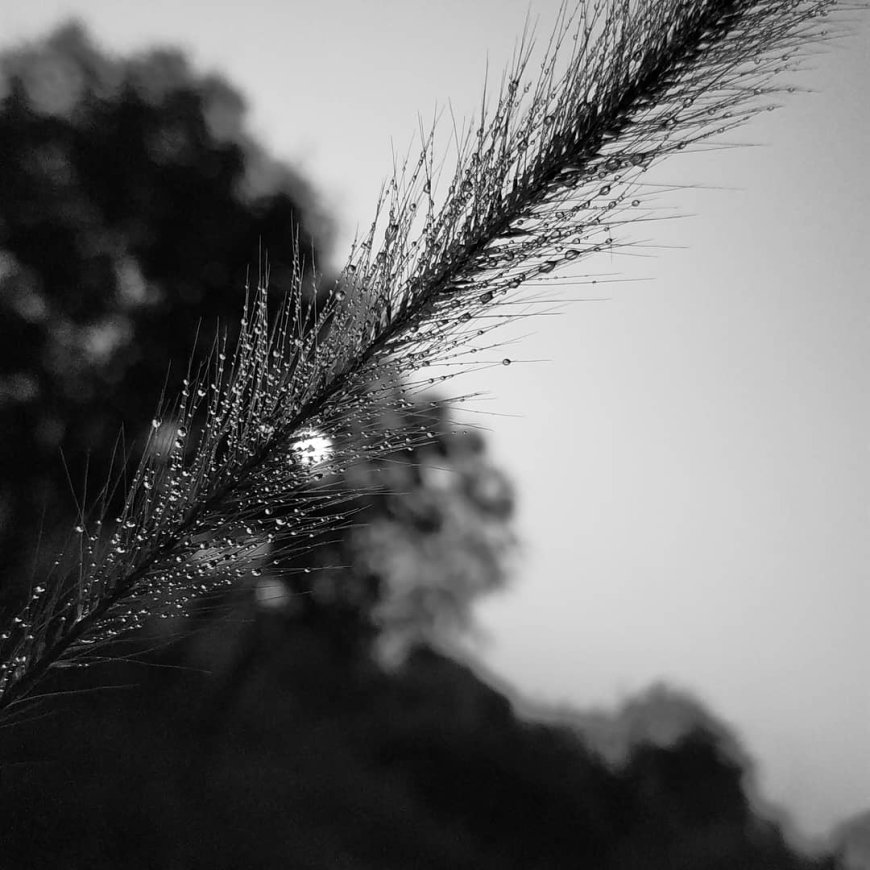
We enter a timeless moment where the emotion—whether it be joy, melancholy, loneliness, or strength—is presented without artifice when we move away from the riot of color.
What's Your Reaction?
 Like
0
Like
0
 Dislike
0
Dislike
0
 Love
0
Love
0
 Funny
0
Funny
0
 Angry
0
Angry
0
 Sad
0
Sad
0
 Wow
0
Wow
0























































































































































































